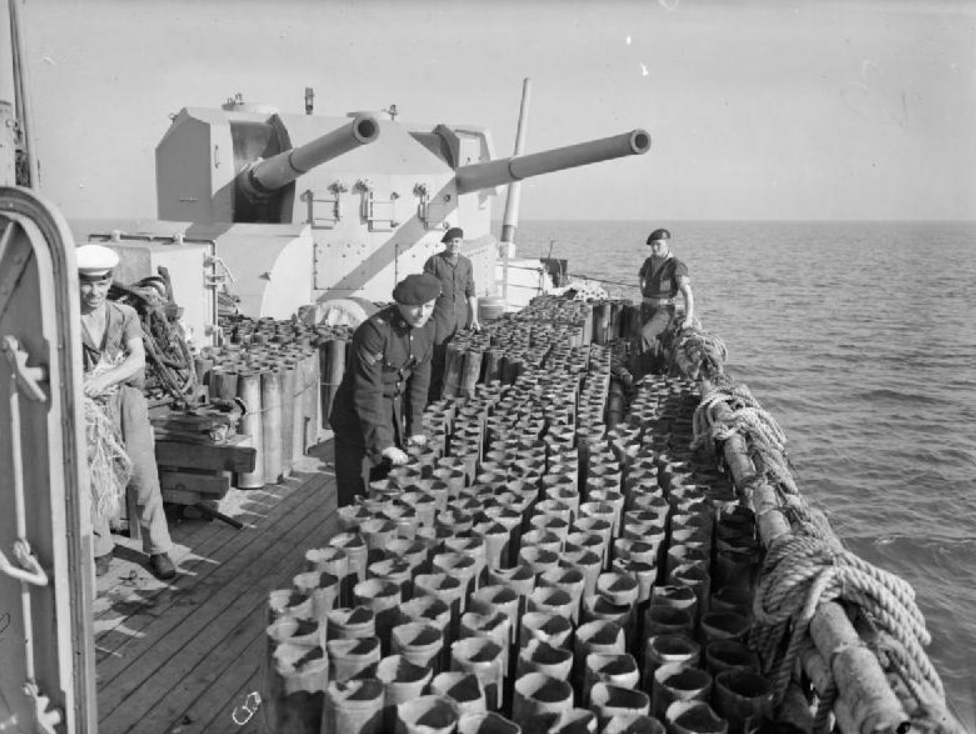Unexploded shell unearthed at historic coastal gunnery range
A member of the public has discovered an old projectile at Wembury Point, Plymouth. Royal Navy Explosive Ordnance Disposal (EOD) engineers attended the scene and removed the item. It was later destroyed in a controlled explosion.
Royal Navy engineers will not transport live unexploded ordnance where possible. Instead, they will destroy small to medium sized items such as this nearby.

Why was this artillery shell found here?
Plymouth, home to HMNB Devonport, has a long naval history. Wembury Point was located within the down-range area of the Royal Navy Devonport Gunnery School Range. Therefore, it is not surprising that UXO contamination of this sort has been encountered.
This range was a seaward firing range. In addition, the shell does not appear to have been thrown during the firing process. Therefore, it was likely discarded near a gun battery historically, subsequently becoming buried over time.
Hazardous Legacy
Unexploded ammunition finds, such as this, highlight the hazardous legacy of historic military activity. The only way to ensure the greatest chance of identifying historic military activity is by commissioning a Brimstone Stage 1 Preliminary UXO Risk Assessment.
You can also learn about our UXO marine capabilities here.
Keep up to date with Brimstone UXO by following us on Facebook, Instagram, Twitter, LinkedIn and YouTube.